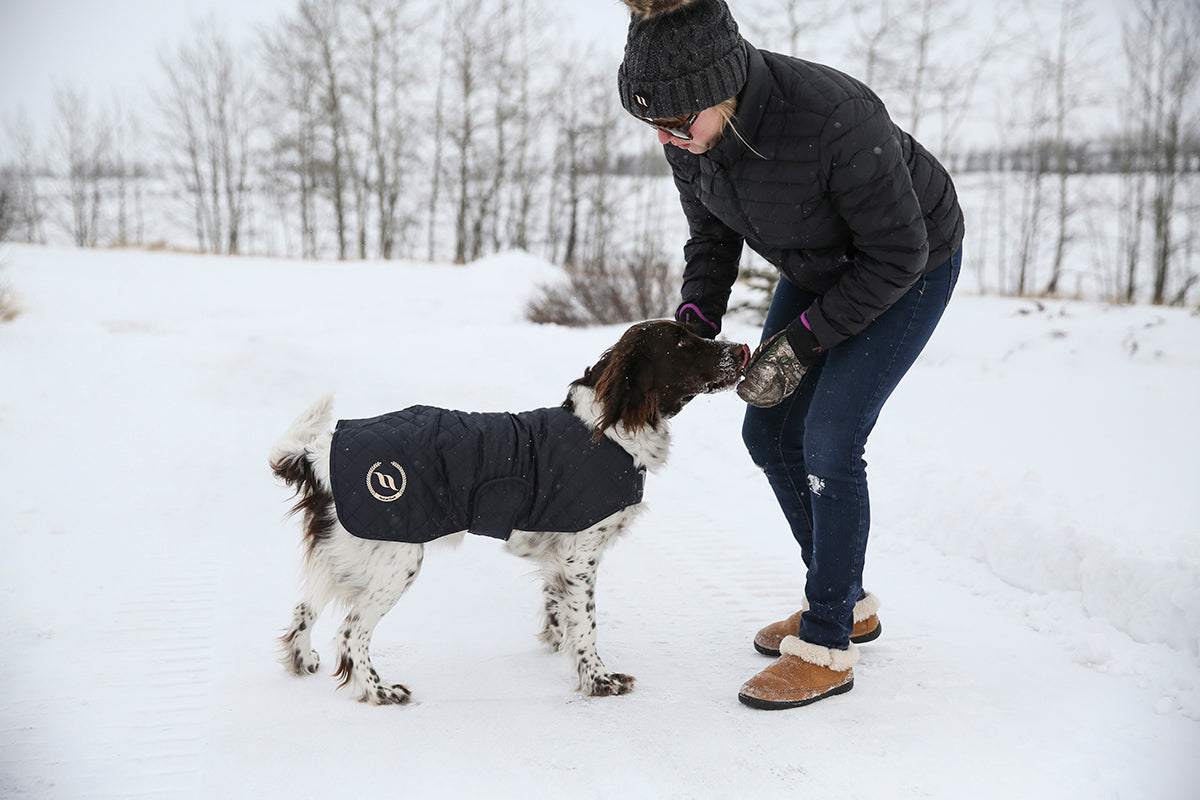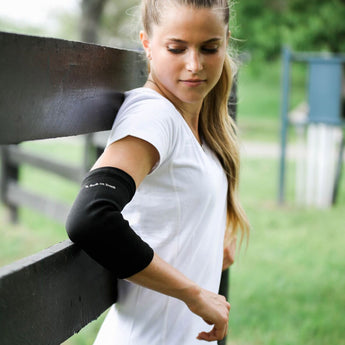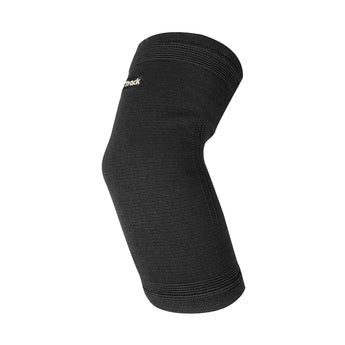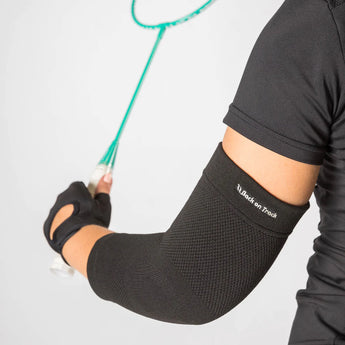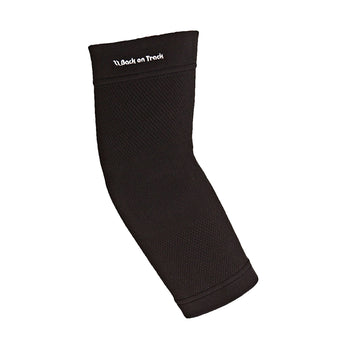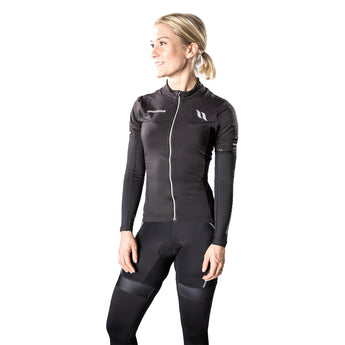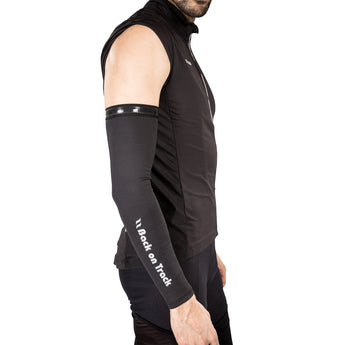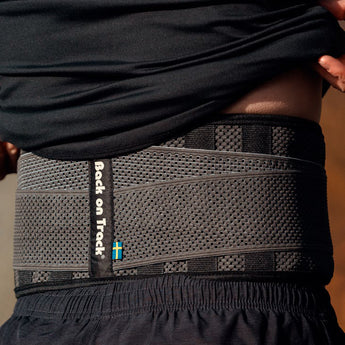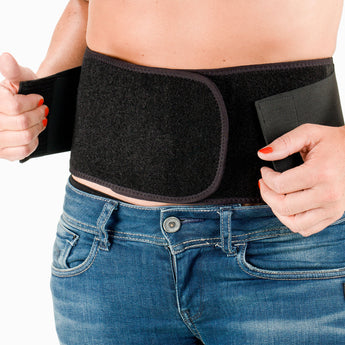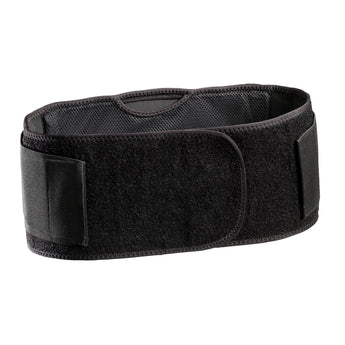Braces are assistive devices that help stabilize and support joints and muscles. Wearing braces can help manage symptoms of existing conditions and promote recovery from injury. However, some types of braces can also help reduce injury risk during certain activities.
Orthopedic braces from your doctor often restrict mobility to permit healing, while functional braces provide everyday support while maintaining freedom of movement. The best brace for you and how you use it will depend on your specific needs, but always consult a doctor if you have any health concerns.
This guide will review the benefits of mobility braces and discuss when to use different types of braces. Keep reading to learn more about choosing and using the best support brace to help you live your life to the fullest.
Benefits of Using Braces
Support braces work by reducing pressure on areas of concern. The stability, compression, and warmth provided by braces have multiple benefits for joint and muscle comfort.
Stability
A correctly fitting brace helps stabilize joints and align structures correctly. Excessive movement can cause discomfort and increase the risk of damaging structures. Stabilizing the joint helps prevent injuries, promote healing, and lessen pain.[1]
Compression
The gentle compression from support braces helps prevent and reduce swelling, which can also help relieve pain. Swelling can hinder the range of motion needed for everyday tasks or athletic activities.[1]
Compression braces can also increase blood flow, which is beneficial for healing and pain relief. However, a poor-fitting brace can restrict blood flow and have the opposite effect.
Warmth
Some braces help keep affected joints and muscles warm. Warmth benefits circulation, allowing more nutrients and oxygen to be delivered to the tissues. Warming body tissues also helps relieve stiff muscles and joints.
Back on Track braces use Welltex technology to reflect body heat as far infrared warmth, which penetrates deeper into the body tissues and helps increase circulation.[2]
When to Wear a Brace
People with joint and muscle problems commonly wear braces, but extra support can also reduce injury risk in healthy people during athletic activities. However, most braces aren't recommended for all-day use over extended periods.
Pain Management
Stabilization, compression, and warmth from braces are all beneficial for pain management. Many people use braces to relieve symptoms associated with chronic conditions, and doctors often recommend braces for osteoarthritis.
One study found using simple knee sleeve braces for six months significantly reduced pain and increased walking speed in patients with early knee osteoarthritis.[3]
Injury Recovery
After an injury, stabilization with a brace minimizes the risk of further damage setting back recovery times. Support braces can also help reduce soreness and enable patients to safely complete rehabilitation programs, often involving strength and mobility training.[1]
Braces aim to decrease excessive movement while maintaining range of motion so patients can still complete rehabilitation exercises. In addition to selecting the correct brace, patients should always work with a licensed physician or therapist to develop the best injury recovery program for their unique needs.
Surgery Recovery
Your doctor may recommend using supportive braces to assist with surgery recovery. A brace can protect the area where you had the procedure and help soothe discomfort. As patients progress, they often transition from more restrictive orthopedic braces to mobility braces.
Reduce Injury Risk
A brace may not prevent an injury, but extra support from a brace can reduce injury risk. This support benefits athletes and individuals with a history of re-injuring themselves. Braces help the body absorb the impact of physically demanding sports and activities that involve explosive motion and constant movement.
However, these benefits aren't limited to athletes. Anyone with an active lifestyle can benefit from increased comfort, stability, and support while they enjoy their everyday activities such as gardening, exercising, or working.
Types of Braces
Joint and muscle problems can affect the entire body. Different braces address issues in specific areas to provide the best support where you need it most.
Back Brace
Back braces provide support for individuals with back problems. These braces help limit excessive movement of the spine while supporting weakened back structures, such as muscles, joints, or discs. The compression provided by back braces helps stabilize the spine by compressing core muscles.
The Back on Track Air Back Brace is available in a low and high version to target specific areas of concern.
Ankle Brace
Ankle braces stabilize the ankle joint and ligaments. These braces can limit motions that may cause or worsen ankle sprains when the foot twists or rotates. Ankle injuries are often associated with excessive swelling, which can benefit from compression.
The Back on Track Ankle Brace with Strap provides ankle support without reducing grip and mobility.
Calf Brace
Calf braces are popular with athletes for managing post-exercise muscle cramps and discomfort after exertion. These braces can also help support calf muscles during workouts, reducing muscle fatigue and swelling.
The Back on Track Calf Brace Classic 2-Way Stretch provides elastic support for calves.
Wrist Brace
Wrist braces can be as valuable to office workers as to athletes. These braces keep the wrist in a neutral position to help manage discomfort caused by repetitive movements. People with carpal tunnel commonly use wrist braces to reduce pressure on the median nerve.
The Back on Track Wrist Support Classic 2-Way Stretch is designed to relieve common wrist aches.
Knee Brace
Knee braces support the knee joint and surrounding structures, including the ligaments, tendons, and muscles. These braces lessen pressure on these structures to promote comfort and healing.
There are several different types of knee braces. Compression sleeves and neoprene braces are mobility braces designed to provide support without hindering movement.
The Back on Track Knee Brace with Strap is effective without being bulky, allowing it to be worn under clothing.
Neck Brace
Cervical neck collars provide stability for neck problems such as stiffness, whiplash, and overloaded muscles. These braces relieve pressure and weight from the head while limiting excessive movement.
The Back on Track Cervical Neck Collar has an anatomical and adjustable design to ensure wearers stay comfortable while benefiting from extra support.
Choosing the Best Brace
Talk to your doctor to determine if braces are a good option for you and determine the best strategy for incorporating braces into any recovery or management program.
Design, fit, and material significantly influence the effectiveness of support braces. The best brace provides targeted support for your area of concern while allowing you to stay comfortable throughout your day.
An ideal fit provides stability without hindering mobility or circulation. Look for braces available in multiple sizes to find the best fit for you. Swelling and irritation may indicate your brace doesn't fit you properly.
Braces should be made of comfortable, breathable, and supportive material. Look for materials that provide additional benefits to promote performance and recovery, such as Back on Track's Welltex technology. Back on Track Braces are CLASSIFED AS A FDA CLASS 1 DEVICE
Back on Track braces combine innovative technology and performance-based design to provide the support you need to prepare, perform, and recover. Shop Back on Track's collection of mobility braces to discover the difference extra support could make in your life.
Learn More from Back on Track
Follow Back on Track on Facebook and Instagram @backontrackusa for more educational content.
Sign up for the Back on Track newsletter to never miss a new guide.
References
- Paluska, S. et al. Knee Braces: Current Evidence and Clinical Recommendations for Their Use. Am Fam Physician. 2000.
- Vatansever, F. et al. Far infrared radiation (FIR): its biological effects and medical applications. Photonics Lasers Med. 2013.
- Sharif, N. et al. Effects of simple knee sleeves on pain and knee adduction moment in early unilateral knee osteoarthritis. J Eng Med. 2019.


